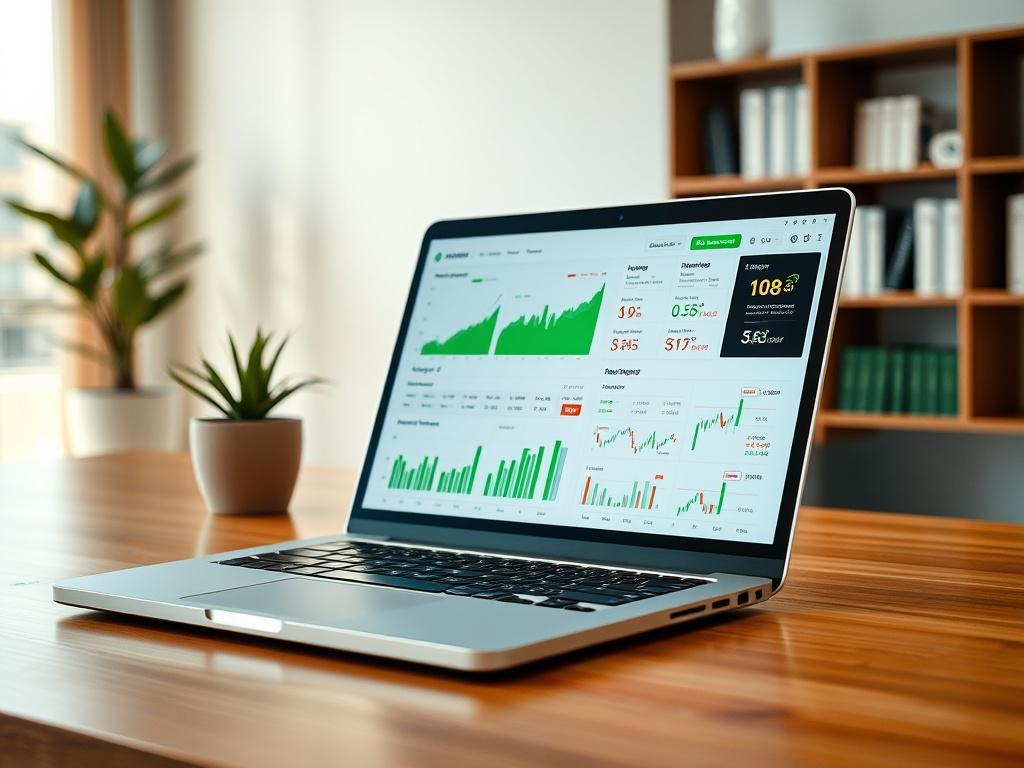
In today's fast-paced financial markets, understanding algorithmic trading has become essential for both novice and seasoned traders. Algorithmic trading leverages powerful algorithms and advanced technology to execute trades at speeds and efficiencies that manual trading simply cannot match. By harnessing data-driven decision-making and automation, traders can optimize their strategies, minimize human error, and capitalize on market opportunities in real-time. As we explore the fundamentals of algorithmic trading, we'll uncover the core principles that drive this innovative approach to trading.
Delving deeper, we'll also unlock the numerous benefits algorithmic trading offers, revealing why it has become a game changer in the investment world. From improved execution speeds to enhanced analytical capabilities, the advantages are substantial. Whether you’re considering incorporating algorithmic trading into your own strategies or simply want to expand your financial knowledge, this blog post will guide you through the intricacies and best practices, ensuring you navigate the landscape effectively and make informed trading decisions.
Discover the essentials of algorithmic trading: What you need to know
Algorithmic trading represents a modern approach to financial markets, utilizing computer algorithms to execute trades at high speeds and volumes. This method replaces traditional trading techniques, allowing traders to set specific criteria for buying and selling assets. By incorporating advanced data analysis and mathematical models, algorithmic trading enables participants to react swiftly to market changes, ensuring they capitalize on profitable opportunities. Understanding the core components—such as market data analysis, execution strategies, and risk management—is essential for anyone looking to navigate this dynamic field.
In addition to speed, algorithmic trading encompasses various strategies tailored to different trading goals, such as arbitrage and market making. These strategies rely on predefined rules and historical data, helping traders minimize human error and emotional decisions during volatile market conditions. Grasping algorithmic trading fundamentals allows aspiring traders to harness powerful tools for market analysis and execution, making informed decisions that enhance trading performance. By delving into these essentials, individuals can better position themselves in the world of algorithmic trading and unlock its full potential.
Unlocking the advantages: Why algorithmic trading is a game changer
Algorithmic trading revolutionizes the way traders execute their strategies by leveraging technology to make data-driven decisions. By utilizing algorithms, traders can process large volumes of data and execute trades at lightning speed, far surpassing human capabilities. This not only enhances efficiency but also minimizes the emotional biases that often cloud human judgment. Additionally, algorithmic trading allows for consistent execution of complex trading strategies, ensuring that traders stick to their plans without deviation due to market fluctuations or psychological pressures.
Beyond efficiency and consistency, algorithmic trading offers numerous benefits that can increase profitability. Traders can backtest strategies using historical data to analyze potential outcomes, helping them refine their approach before committing real capital. Furthermore, these automated systems can continuously monitor multiple market conditions, identifying profitable opportunities while minimizing risk. By exploring the fundamentals of algorithmic trading, individuals can harness these advantages to enhance their trading performance and capitalize on market movements more effectively.
Navigating the landscape: How to effectively implement algorithmic trading strategies
Implementing algorithmic trading strategies requires a clear understanding of the objectives and the tools available. Start by identifying your trading goals—whether you're looking for short-term profits or long-term investments. Next, choose a suitable algorithmic trading platform that aligns with your objectives and offers robust features. Popular platforms such as MetaTrader, QuantConnect, and Interactive Brokers provide a variety of customizable tools that facilitate the coding and execution of your trading algorithms. Familiarize yourself with the programming languages used by these platforms, such as Python or R, to optimize your automated strategies.
Once you establish your trading environment, begin by developing and testing your strategies using historical data. Backtesting allows you to simulate how your algorithms would perform in different market conditions, helping you refine your approach before live trading. Monitor your algorithms meticulously after deployment. Track their performance and make necessary adjustments to adapt to changing market dynamics. Continuous learning and optimization are key to maintaining a competitive edge in algorithmic trading. By navigating these crucial steps, you will enhance your ability to implement successful algorithmic trading strategies effectively.